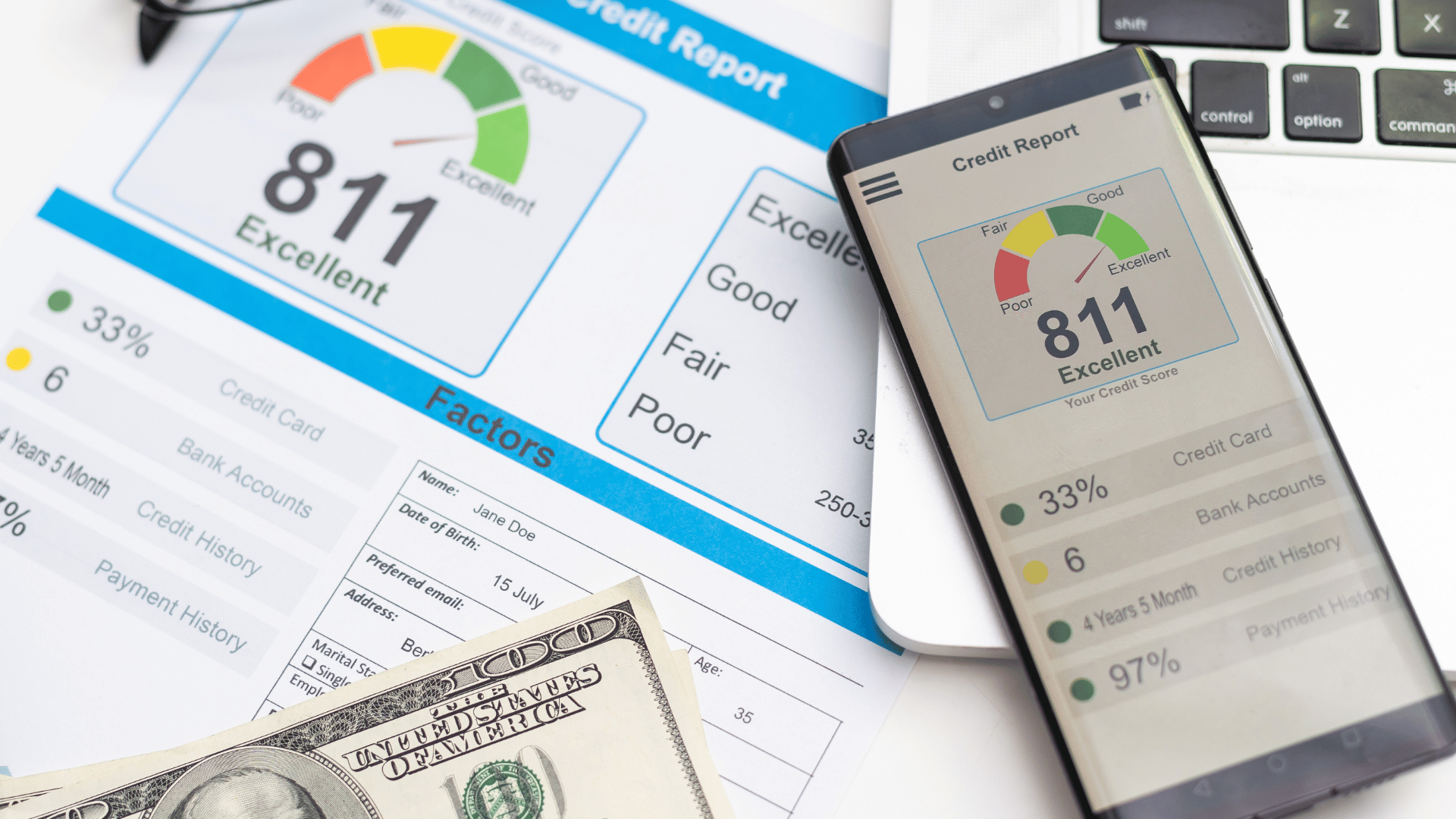What is a Secured Debt?
A secured debt is a loan that requires the borrower to offer collateral. The collateral serves as a safeguard for the lender. If the borrower defaults on the loan, the lender can seize the assets pledged as collateral to try and satisfy the debt. It is often the case that the fair market value (FMV) of the collateral is less than the loan balance.
For example, assume you want to purchase a car for $30,000. You plan to put up cash of $3,000 and finance the remaining $27,000. The car you buy is also the collateral for the loan, and the lender reserves the right to repossess the vehicle if you default. Assume that you default on the loan after two years of making payments. The outstanding loan balance is $21,000, and the current FMV of the vehicle is only $17,500. If the bank repossesses the vehicle and sells it on the open market for $17,500, they effectively have a $3,500 loss because the unpaid loan balance is greater than the cash received from the sale.
Even though the collateral’s value may depreciate, the lender still prefers secured debts because it minimizes potential losses. The presence of collateral reduces lenders’ risk, allowing them to extend credit more confidently.
Common Types of Secured Debt
There are many forms of secured debt. The most common secured debt arrangements include the following:
Home Mortgages: A home loan is one of the most common examples of secured debt. In this case, your house serves as collateral. If you fail to make your mortgage payments, the lender has the right under the loan agreement to initiate foreclosure proceedings on the property.
Auto Loans: Similarly, an auto loan is secured by the vehicle you’re purchasing. If you default on the auto loan, the bank can hire a towing company to repossess the car. Once the vehicle is repossessed, the lender can sell the vehicle to try and cover some of the outstanding loan balance. In many cases, however, automobiles depreciate in value so quickly that the lender cannot be made whole after the sale.
Secured Personal Loans: Most personal loans are unsecured debt obligations that carry very high interest rates. However, some personal loan arrangements are secured debts, meaning the borrower must provide some form of collateral, such as a savings account, investments in publicly traded stocks or bonds, jewelry, artwork, or other valuable assets.
For example, assume you want to borrow $100,000 for your children’s private high school education. You have a substantial investment portfolio with an FMV of $2,000,000, so your bank suggests using a Securities Backed Line of Credit (SBLOC). An SBLOC allows you to borrow money while using the assets in your investment account as collateral. This is often preferable over selling the investments in your account to generate the needed cash. Your bank allows you to borrow up 70% of the assets in your investment account. So, you have sufficient capital to borrow the $100,000.
Home Equity Loan or Line of Credit (HELOC): A HELOC allows an existing homeowner to borrow against any equity in their home and use the property as collateral. The property may already be encumbered by an existing mortgage, so the HELOC allows you to borrow additional funds against the property.
HELOCs are often used to fund home renovations or substantial repairs to the property. If the HELOC proceeds are used for these home renovation projects, the interest expense incurred on the HELOC is generally tax deductible as an itemized deduction on Schedule A (Itemized Deductions).
Interest Rates on Secured Debt
Because secured loans are less risky for lenders, they tend to come with lower interest rates compared to unsecured debt. The interest rate will further depend on the type of debt and collateral. For example, the interest rates on auto loans are generally higher than interest rates on home mortgages.
What is an Unsecured Debt?
Unsecured debt, on the other hand, does not require collateral. This means the lender has no direct claim on any assets if the borrower defaults. Because unsecured debt represents a higher risk for lenders, the interest rates on these loans are usually higher. Approval for unsecured loans is typically more dependent on your credit score, income, and overall financial health.
Common Types of Unsecured Debt
Credit Cards: Credit cards are the most prevalent form of unsecured debt. Since there’s no collateral involved, the interest rates are generally higher than secured debts, ranging anywhere from 10% to 20%. The rates can be even higher than 20% for individuals with poor credit scores.
Unsecured Personal Loans: Unlike secured personal loans, unsecured personal loans don’t require collateral. These loans have interest rates similar to credit cards, where the rates range anywhere from 5% to 35%, depending upon the borrower’s creditworthiness.
Student Loans: Most student loans, whether federal or privately funded, are unsecured debt obligations. Federal student loans often have lower interests because of government backing and subsidies, while private loans typically have higher rates, especially for borrowers with less established credit histories. Federal student loan interest rates are generally fixed, while private loans can be fixed or variable. Private student loans often have variable rates that can reach 10% or higher.
Final Thoughts on Secured and Unsecured Debts
Whether you’re considering secured or unsecured debt, it’s important to fully understand the loan terms, including interest rates, repayment timelines, and their impact on your credit score. Secured debts generally offer lower interest rates and more favorable lending terms, but risk forfeiture of certain pledged assets.


